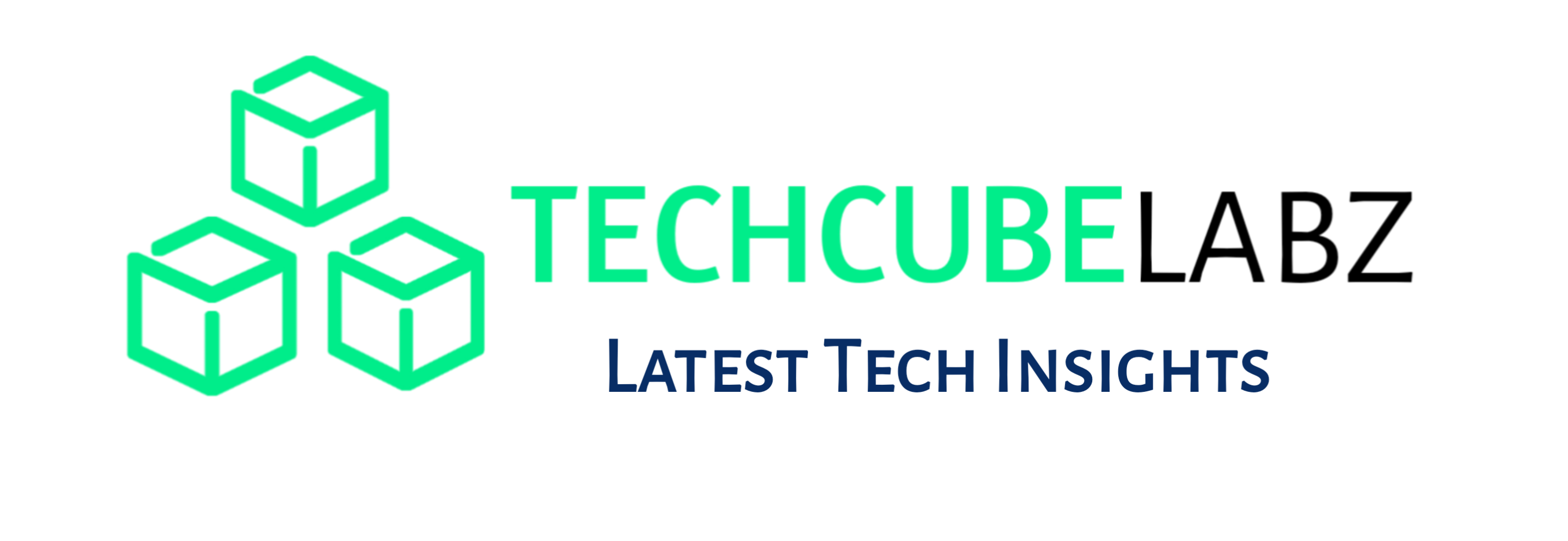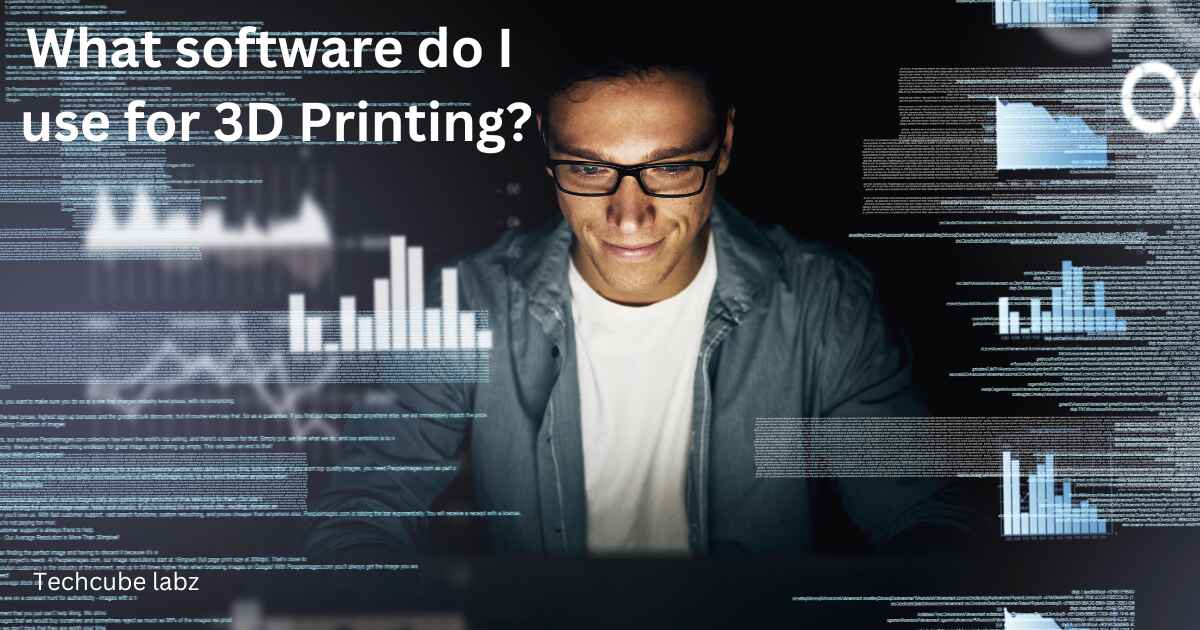
What software do I use for 3D Printing?: You will need all the software “ingredients,” which will guide you from preparing your 3D model to managing printers.
This article will go through these ingredients and touch on how the Ultimaker platform creates a seamless end-to-end flow between hardware, software, and materials, empowering you to unlock the magic of 3D Printing and make innovation happen.
Computer-aided design software, or CAD, allows you to create a 3D design from scratch. CAD software comes in many different types, each with its advantages.
AutoCAD by Autodesk is the most well-known CAD platform, as it was the first CAD program available for personal computers in 1982. Other CAD platforms are.
You will need software to slice a 3D model so your printer can start working. You can use software to manage your 3D printer remotely once you start printing.
As we have seen, you can avoid the slicing process if your CAD software has a 3D printing integration. If you already have, you can print a 3D printable (such as G-code) file.
Ultimaker Digital Factory can be accessed by Ultimaker S line printers, Ultimaker 2+ Connect and Ultimaker 3. These printers use a network connection.
Linking a printer with your account allows you to control your printer remotely from outside the local area network. [What software do I use for 3D Printing?]
7 best software used for 3D Printing
- Tinker CAD
- SolidWorks
- SketchUp
- Raise3D Idea Maker
- Pronterface
- Matter Control
- Chitubox
1. Tinker CAD
Tinkercad, a free online 3D modeling software on a web browser, is available for download. Since its release, it has been a popular tool for 3D Printing and as a first introduction to solid geometry.
Tinker cad can be used in many ways. It could be to create designs based on scientific concepts or be featured in a class or unit on 3D Printing and design.
In a challenge lesson, for example, students might design a solution for a real-life problem in their community.
They would then have a few weeks to test and design their solutions. Teachers can use sample videos to encourage kids to imagine the possibilities.
They can also show them other children in action. Students who use Minecraft at school can also extend their play-create experiences by importing Tinker cad items.
Imagine giving students the chance to bring science, literature and math concepts to life. They could even learn a foreign language by creating and printing objects based on class content.
Students can still order their 3D prints from Tinker cad’s partners, even if the classroom does not have a printer. [What software do I use for 3D Printing?]
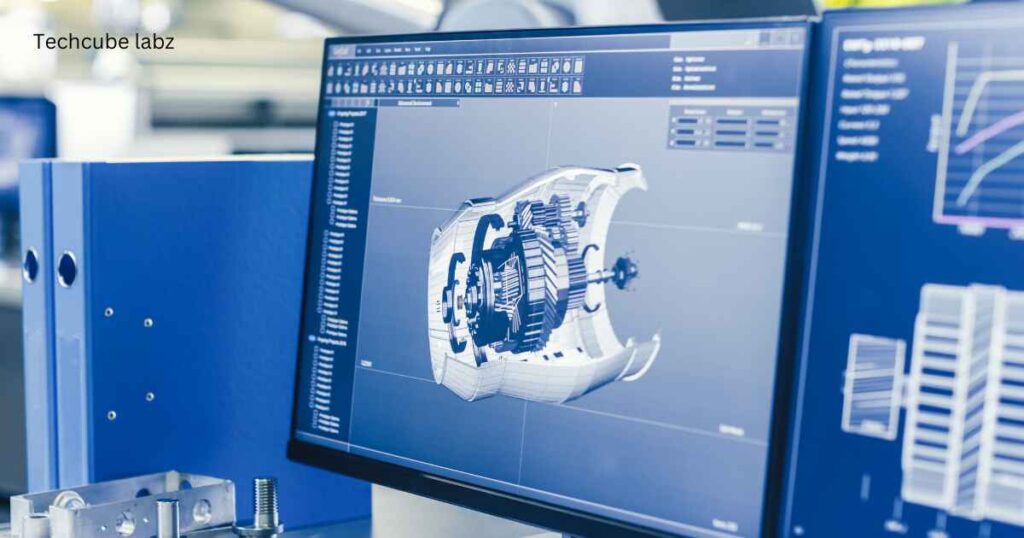
2. SolidWorks
Solid works CAD is a professional package for commercial use. It’s geared toward engineers. Tom Hazzard explains what makes this program different from other parametric modeling programs and who it is designed for.
Before I start discussing the software package I will be discussing today, I want to mention my previous software review. This was for ZB rush.
There were some great comments about the episode on social media, and I appreciate everyone who wrote in.
However, we also want to point out that other similar software packages may be less expensive. Mud box has been mentioned, and I believe Blender.
We will be covering the other software. We’re going through them according to the order that others have requested. We’re also trying to cover various software types as we move forward.
There are so many different software. Over time, we’ll be able to get to all of them. Blender will likely be coming up a few weeks after this article is published. Mud box will be covered in due time. [What software do I use for 3D Printing?]
Read Also: Is color 3D printing worth it?
3. SketchUp
Trimble SketchUp offers a free 3D design program. It is an excellent choice for those new to 3D Printing and working in a group.
We’ll look at who might consider upgrading from the free version to Pro and which designers may want a closer look at all the features.
This summer, we are reviewing several CAD programs. Today, it’s time to review Trimble SketchUp CAD. We began our series by looking at some of the available free software.
We will move on to the more advanced and expensive programs in time. We thought it would be best to start with free programs like SketchUp because many people are just getting started.
SketchUp is constantly criticized for being “inferior.” We talked about the services at the UPS store in San Diego when we met a CAD technologist who runs their machine.
He told us that models exported from SketchUp usually have many errors. I’ve never had this experience.
I used SketchUp’s earlier versions to create compatible drawings for my patent attorney. SketchUp is a highly universal tool. I haven’t really tried exporting files in the past. [What software do I use for 3D Printing?]
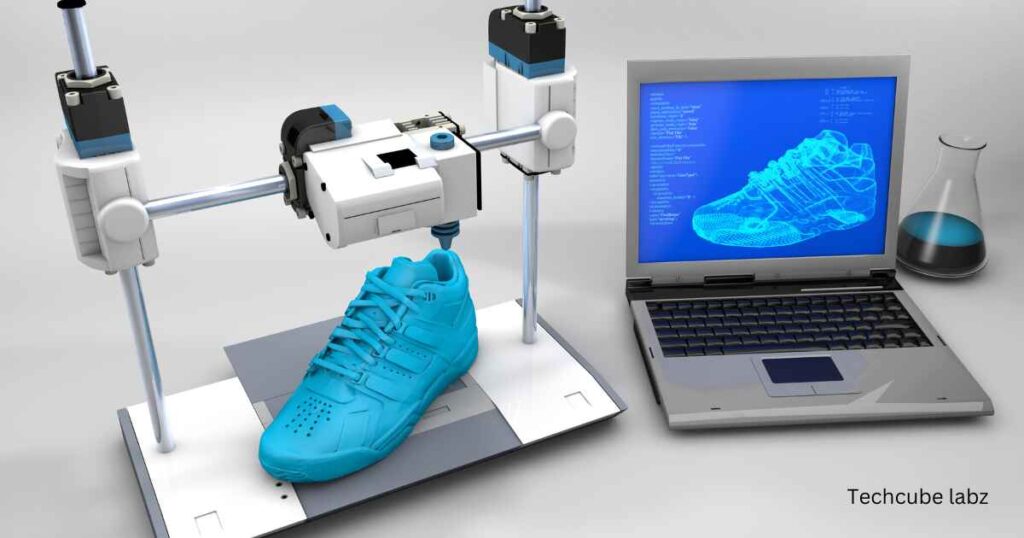
4. Raise3D Idea Maker
Raise3D offers industrial 3D Printers that are designed for composite and metal manufacturing. The RMF500 is a flexible, reliable and repeatable 3D Printer that can produce high-performance parts.
Raise3D offers a professional segment of 3D Printers. The DF2 is a DLP printer for small-batch production. Pro3 Series is Raise 3Ds latest dual extruder line.
Raise3D set out to create an industrial 3D Printer that was durable enough to endure the harsh industrial environment, reliable enough to run 24 hours a day, and capable of reproducing the manufacturing process with precision.
Our products are designed with the input of a wide range of design, engineering, and manufacturing experts. The result is a printer that can be integrated into print factories to create customized parts.
Please spend some time exploring our website and all that Raise3D can offer. The case studies section may interest you, from engineering feats to medical device breakthroughs.
These applications were almost impossible to manufacture cost-effectively just a few years ago. [What software do I use for 3D Printing?]
Read Also: Can I drink from a 3D-printed cup?
5. Pronterface
It is a simple, graphical interface that allows users to monitor and control a printer using a USB-connected PC.
It will enable you to control the bed and nozzle temperature, move stepper motors directly, send G code commands via a console or terminal window, and many other things.
Pronterface, created by RepRap, has been around for a long time. It is a part of the Printrun toolkit for simple management and control of 3D printers and CNC machines.
Pronterface is regularly updated and runs on Windows, Mac and Linux. It’s still a powerful tool despite its outdated graphics and basic design.
Pronterface was initially designed to control an end-to-end 3D print workflow, including slicing using Slic3r.
However, it is often used for a more straightforward purpose today. Pronterface is still a great option, even though other software, such as Octo Print and “G-code sending” programs, provide similar functionality.
It is easy to use, can be customized quickly to automate repetitive processes, and is written in Python. This allows more technical users to modify the software. [What software do I use for 3D Printing?]
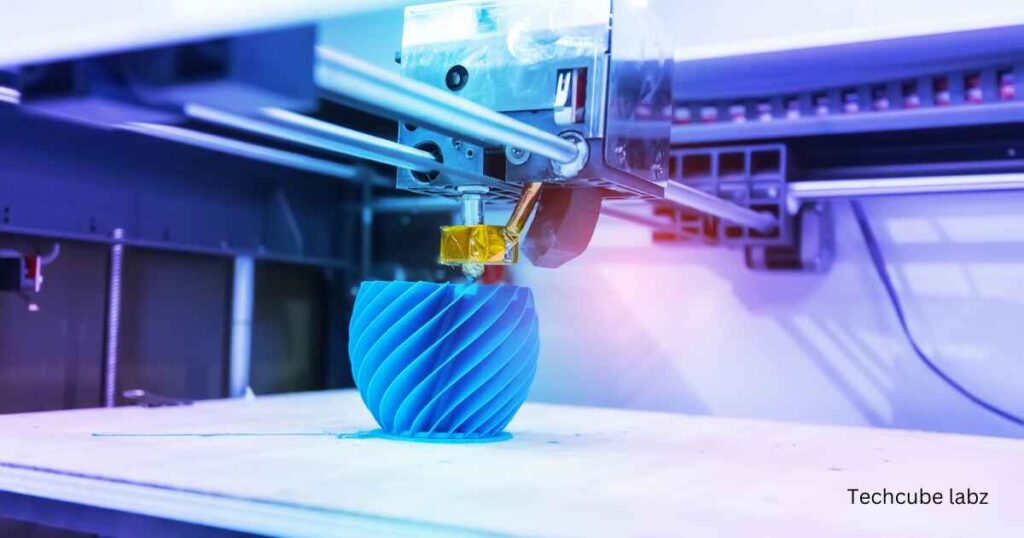
6. Matter Control
We at Matter Hackers live and breathe 3D Printing and expect the best from ourselves and our products when serving our clients. We constantly innovate and update Matter Control, the first-of-its-kind solution for 3D Printing.
We’re constantly adding new features to ensure you have the best 3D printing experience. Matter Control allows you to make real-time changes to Z offset, Speed, and extrusion settings. You will also receive text notifications once your print is complete.
You can also create custom supports, fine-tune dual extrusion printing, and use brand-new design apps and tools. Matter Control allows you to get more out of your creativity, time and 3D printer.
Matter Control is open-source and free. Our developers work with our users to understand what they need from Matter Control now and into the future. This helps us make Matter Control as good as it can be.
You can download the stable version or the beta to test the newest powerful features. We already have integrated design tools and can control multiple 3D Printers from one computer. [What software do I use for 3D Printing?]
7. Chitubox
Slicer Program is an advanced pre-processing program that transforms digital 3D model data and printing parameters into instructions to be used by a 3D printer. This is a crucial step in any 3D printing process, regardless of the technology (FDM or SLA).
Slicing is often associated with G code generation. This is understandable since fused-deposition modeling (FDM),, is the most widely used 3D printing technique.
In resin 3-D printing, however, instead of creating G-code, slicing creates a separate file that contains (in essence) a sequence of images corresponding to each layer.
A different 3D printer software is required for each setup due to differences in nature. Many third-party slicers offer a lot of benefits.
Chitubox: This third-party tool is compatible with most resin 3D printers, such as on the market. This article will provide an overview and discuss this slicer’s most essential features and aspects. [What software do I use for 3D Printing?]
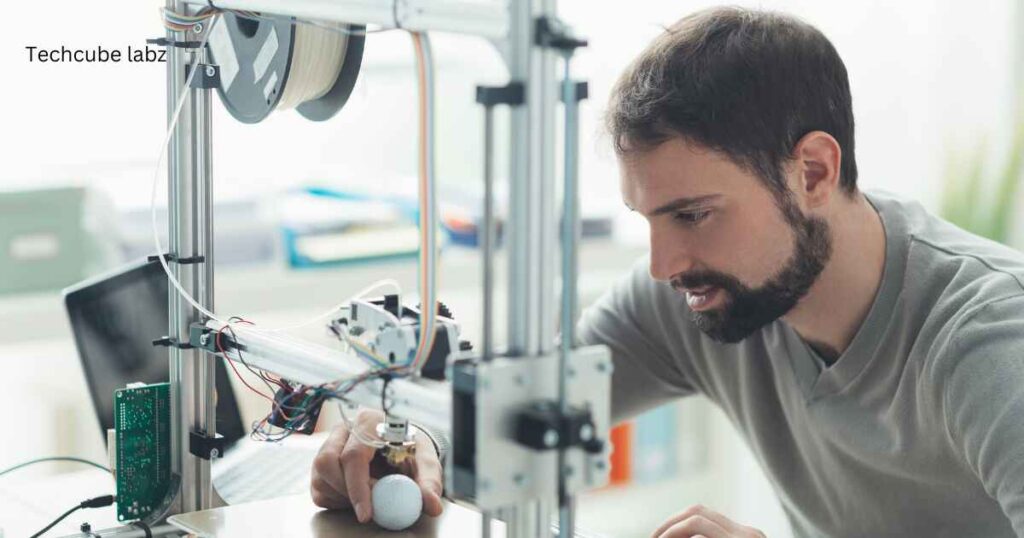
Conclusion:
The best software for 3D Printing depends on your needs and experience level. Tinker cad and Cura are suitable for beginners, but professionals might choose more advanced software such as Fusion 360 or Blender.
When selecting the right software, consider factors such as ease of use and compatibility with 3D printers. The right tools can help you improve your 3D-printing experience and bring your design to life. [What software do I use for 3D Printing?]
What software do I use for 3D Printing?: FAQ
1. Do I need different software for different 3D printers?
Ans: Your printer and your requirements will determine what you can do. Software like Cura Ultimaker or PrusaSlicer supports multiple printers. Some printers come with proprietary software. For example, PreForm is available for Formlabs printers, or Chitubox may be included for certain resin printers.
2. How can I manage and monitor my 3D printer remotely?
Ans: OctoPrint’s open-source software provides remote control and monitoring capabilities.
Repetier Host: Provides comprehensive management options and remote control.
Pronterface is a simple interface that controls printers using G-code commands.
3. What free software options are available for 3D Printing?
Ans: TinkerCAD – Web-based and accessible for beginners.
Blender: Open-source and free software with extensive modeling abilities.
Ultimaker Cura: Free software for slicing with robust features.
Slic3r: Open source slicer with customizable options.
